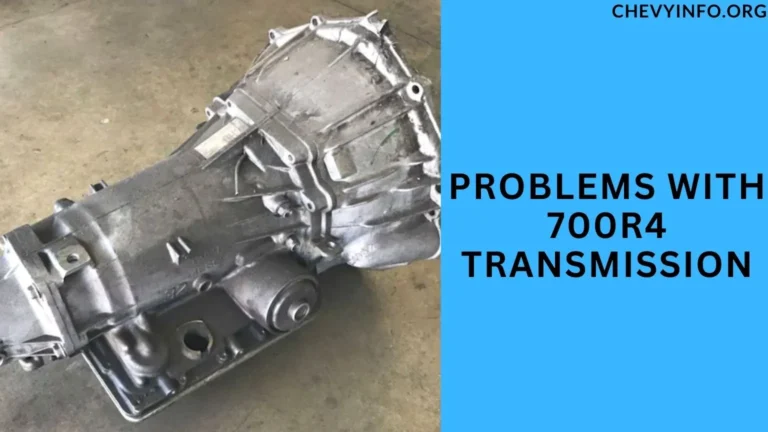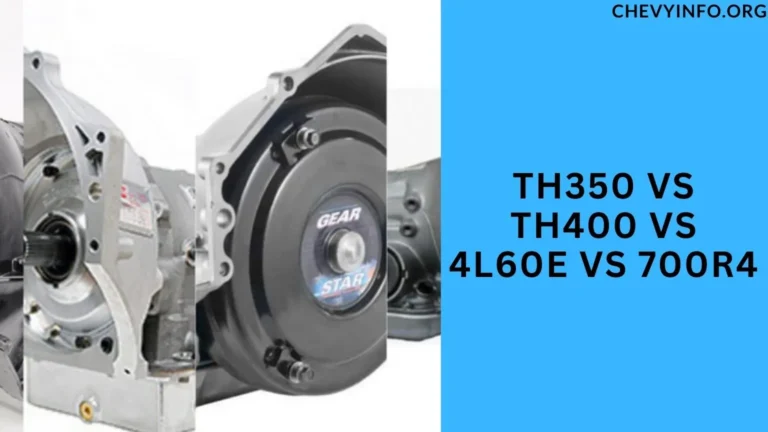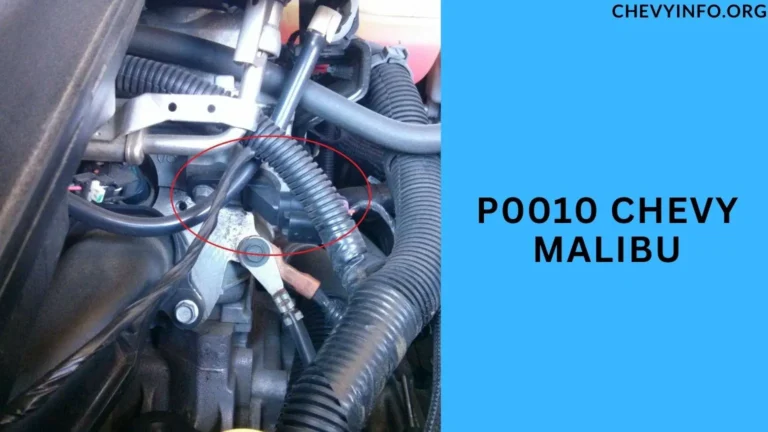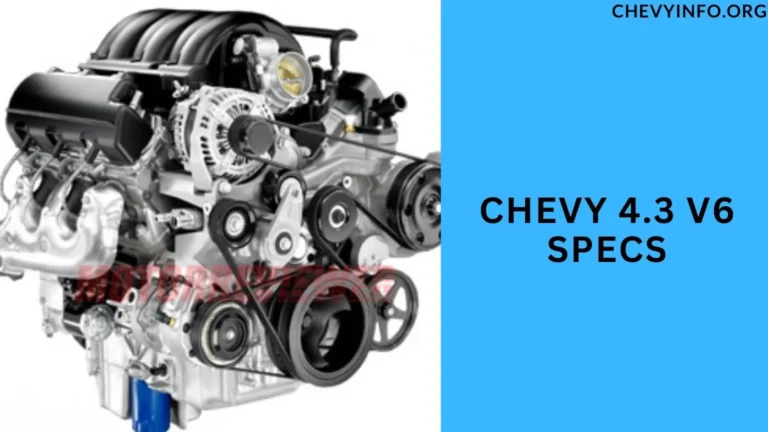LS1 VS LS2 VS LS3 Difference Explained In 2024
In the world of high-performance engines, the LS series from General Motors (GM) has carved a formidable reputation.
Among these, the LS1 VS LS2 VS LS3 engines stand out as key players, each with its own set of characteristics and advantages.
Let’s delve into a detailed comparison to understand what sets them apart and which might be the ideal choice for your needs.
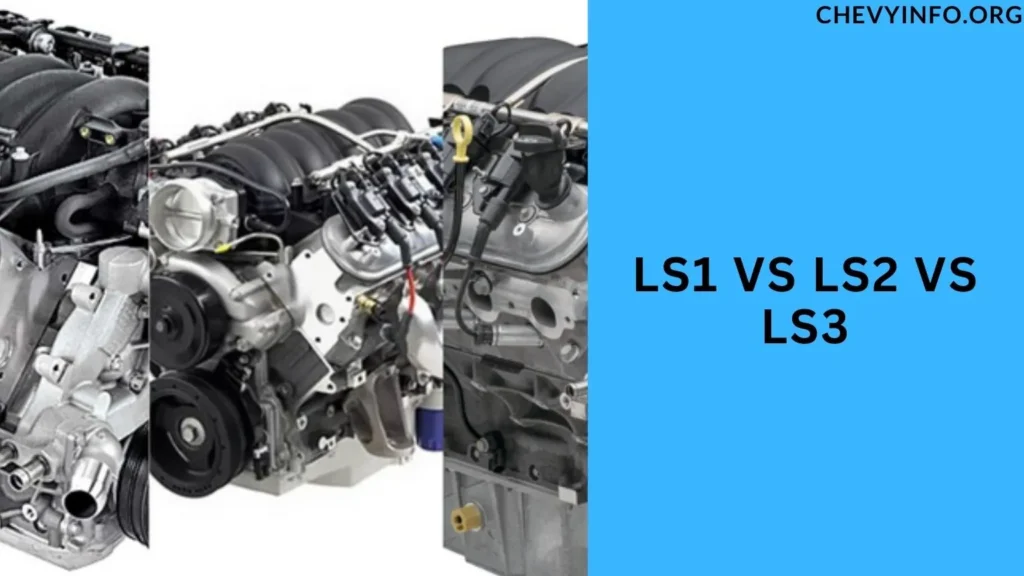
Introduction to LS Engines
LS engines represent a family of V8 engines developed by GM, known for their compact design, lightweight construction, and impressive power output.
The evolution of this series has seen significant improvements with each iteration, leading to the creation of the LS1, LS2, and LS3 engines.
Comparison of LS1 VS LS2 VS LS3
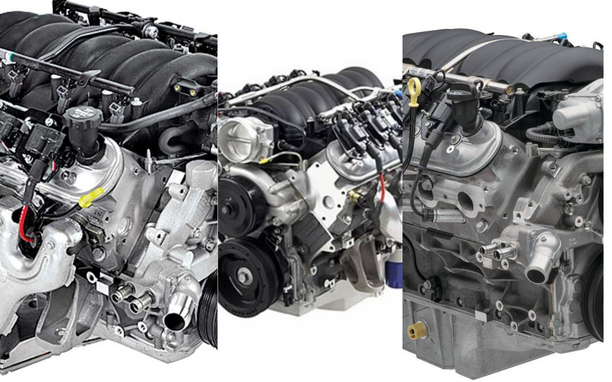
When it comes to high-performance engines, the LS series from General Motors (GM) has made a significant impact in the automotive world.
Among the various iterations of the LS engines, the LS1, LS2, and LS3 stand out as popular choices, each with its unique characteristics and advantages.
Let’s dive into a detailed comparison to understand how these engines differ and what sets them apart.
Performance Characteristics
The performance of these engines is a major point of comparison. The LS1, introduced in 1997, set the stage with its 5.7-liter displacement and output ranging from 305 to 350 horsepower.
The LS2, appearing in 2005, upped the ante with 6.0 liters and power ranging from 400 to 430 horsepower.
The LS3, introduced in 2008, boasts a 6.2-liter capacity and outputs ranging from 430 to 525 horsepower, making it the most powerful of the three in stock form.
- LS1 Engine:
- Introduced in 1997.
- 5.7-liter displacement.
- Power output ranges from 305 to 350 horsepower.
- Notable torque delivery.
- Aluminum block construction.
- LS2 Engine:
- Appeared in 2005.
- 6.0-liter displacement.
- Power ranging from 400 to 430 horsepower.
- Improved airflow and combustion.
- Aluminum block and cylinder heads.
- LS3 Engine:
- Introduced in 2008.
- 6.2-liter displacement.
- Power output ranges from 430 to 525 horsepower.
- Enhanced performance features.
- Aluminum block and advanced rectangular port heads.
Differences in Design and Specifications
Each engine has distinct design elements and specifications. The LS1 features an aluminum block, while the LS2 and LS3 utilize an aluminum block and cylinder heads.
The LS2 introduced improvements like a larger bore and increased compression ratio compared to the LS1.
The LS3 further enhanced performance with features like rectangular port heads and improved intake systems.
- LS1:
- Aluminum block.
- Single-piece rear main seal.
- 3.898-inch bore and 3.62-inch stroke.
- The compression ratio is typically around 10.1:1.
- LS2:
- Aluminum block with a larger bore.
- Enhanced intake manifold.
- Higher-flowing heads.
- Improved camshaft design.
- LS3:
- Aluminum block with larger bore and stroke.
- High-flowing rectangular port heads.
- Improved valvetrain components.
- Revised intake system for better airflow.
Applications and Uses
The applications of these engines vary based on their specifications. The LS1 found its way into iconic vehicles like the Corvette and Camaro, known for their sports car pedigree.
The LS2-powered vehicles like the Pontiac GTO and Holden Commodore, offer a balance of performance and everyday drivability.
The LS3, with its higher power output, became a favorite for enthusiasts looking for track-ready performance in cars like the Corvette Z06.
- LS1:
- Found in vehicles like the Chevrolet Corvette and Camaro.
- Known for its balance of power and drivability.
- Popular in both street and track setups.
- LS2:
- Used in vehicles like the Pontiac GTO and Holden Commodore.
- Offers a blend of performance and everyday usability.
- Well-suited for muscle cars and high-performance sedans.
- LS3:
- Featured in vehicles like the Corvette Z06 and Chevrolet SS.
- Noted for its exceptional power output.
- Preferred by enthusiasts seeking track-ready performance.
LS1 Engine Overview
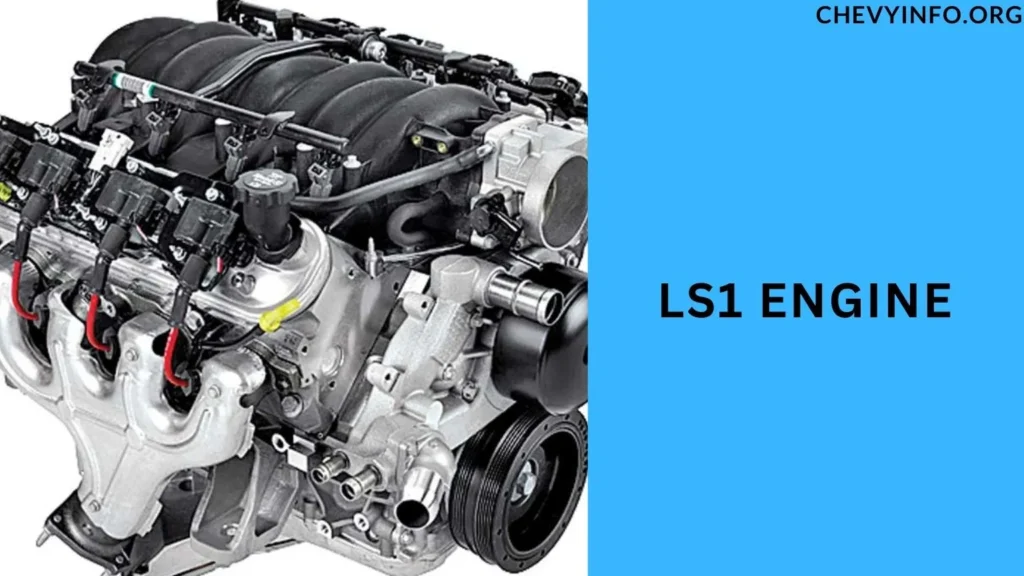
The LS1 marked a significant milestone in GM’s engine lineup. With a displacement of 5.7 liters, it delivered impressive power and torque,
making it a popular choice for both street and track applications. The aluminum construction reduced weight and improved overall efficiency.
LS2 Engine Overview
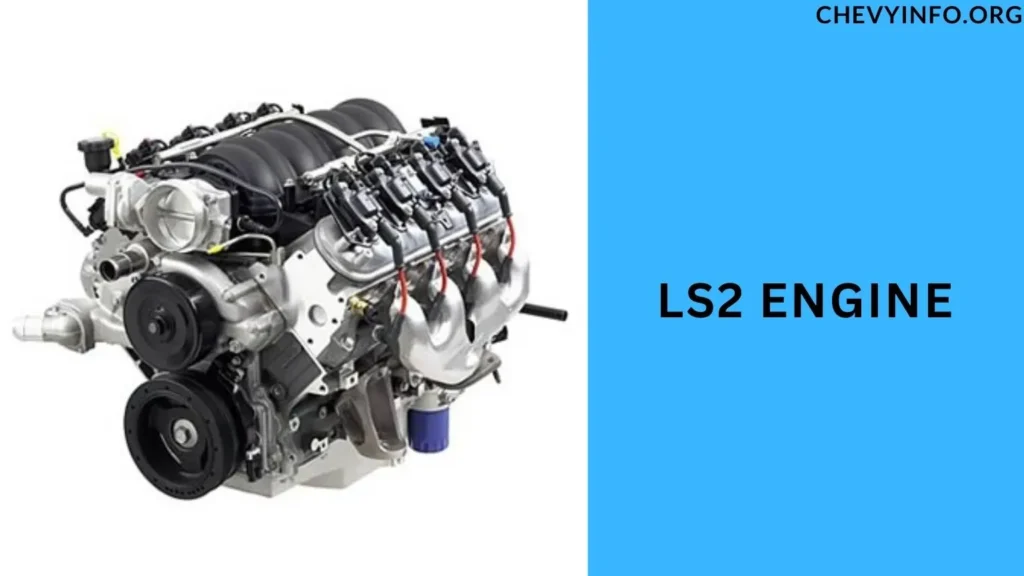
Building upon the success of the LS1, the LS2 brought several enhancements to the table. With increased displacement at 6.0 liters and improvements in airflow and combustion,
It delivered a noticeable boost in performance. The LS2 became synonymous with muscle cars and high-performance sedans.
LS3 Engine Overview

The LS3 represents the pinnacle of LS engine development. With a displacement of 6.2 liters and advanced features like high-flow heads and a robust valvetrain,
It offered unmatched power and responsiveness. The LS3 became a sought-after engine for both street and race applications.
Comparison of Power and Torque
When comparing power and torque, the LS3 leads the pack with its higher displacement and optimized design.
However, the LS2 also offers substantial performance, especially in modified setups. The LS1 remains a solid choice for those seeking a balance of power and reliability.
Aftermarket Support and Modifications
One of the strengths of LS engines is their extensive aftermarket support. Enthusiasts can find a plethora of performance parts, from camshafts to superchargers,
allowing for significant power gains. Popular modifications include exhaust upgrades, engine tuning, and forced induction systems.
Cost Considerations
In terms of cost, the LS1 (between $1,500–$2,500) is often the most affordable due to its older technology and widespread availability.
The LS2 ($3000 to $5000) and LS3 engines ($6k to $20k) may command a higher price, especially for low-mileage units or those with performance upgrades.
However, their enhanced features and performance justify the investment for many enthusiasts.
Usage in Different Vehicles
LS engines have found their way into a wide range of vehicles, from sports cars to trucks and even boats.
Their versatility and adaptable nature make them suitable for various setups, whether it’s a weekend track car or a daily-driven street machine. Tuners and builders appreciate their robustness and potential for customization.
Future Trends and Developments
Looking ahead, LS engines continue to evolve with advancements in materials, fuel efficiency, and performance.
Technologies like direct injection and variable valve timing are likely to be integrated into future iterations, enhancing both power and efficiency.
Environmental concerns also drive innovation, leading to cleaner and more sustainable engine designs.
People also ask
Is the LS2 or LS3 better?
The LS3 is generally considered better than the LS2 due to its larger displacement, higher power output, and advanced features like high-flowing rectangular port heads and improved valvetrain components.
It offers superior performance, making it a preferred choice for enthusiasts seeking higher horsepower and track-ready capabilities.
Which is better, LS1 or LS2?
The LS2 is generally considered better than the LS1 due to its larger displacement, improved airflow, and higher power output, making it a more desirable option for performance enthusiasts.
What is the difference between LS1 and LS3 engine?
The main differences between the LS1 and LS3 engines are their displacement and power output.
The LS3 has a larger 6.2-liter displacement compared to the LS1’s 5.7 liters, resulting in higher power output ranging from 430 to 525 horsepower for the LS3,
whereas the LS1 typically ranges from 305 to 350 horsepower.
Additionally, the LS3 features advanced features like high-flowing rectangular port heads and improved valvetrain components, further enhancing its performance capabilities compared to the LS1.
Which LS engine is strongest?
The LS3 engine is typically considered the strongest among the LS series due to its larger displacement, advanced features like high-flowing rectangular port heads,
and higher power output ranging from 430 to 525 horsepower, making it a favorite among performance enthusiasts seeking top-tier performance.
Conclusion
In conclusion, the LS1, LS2, and LS3 engines each have their strengths and applications. The LS1 remains a solid choice for budget-conscious enthusiasts seeking reliable performance.
The LS2 offers a step up in power and features, ideal for those craving more horsepower without breaking the bank.
The LS3 stands at the top with its impressive power output and track-ready performance, making it a favorite among performance purists.

Henry Worner, a seasoned automotive expert with over 13 years of experience in car repair, maintenance, and performance enhancement, ChevyInfo.org was born out of a passion for Chevrolet vehicles. Henry’s deep-rooted love for everything Chevy has driven him to create a platform where fellow enthusiasts, car owners, and anyone interested in Chevy cars can find valuable insights, tips, and guidance.

